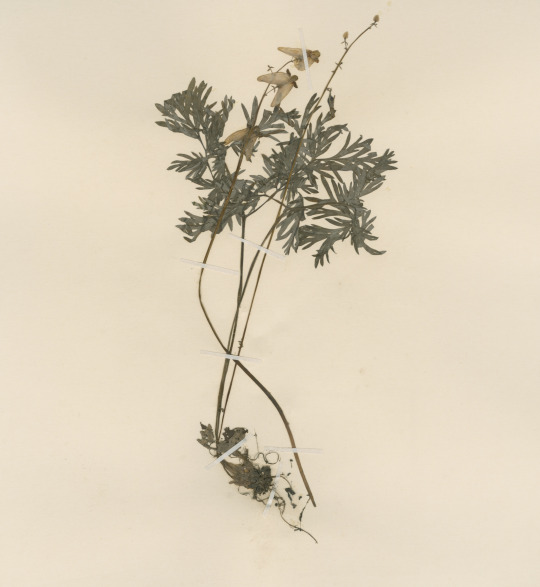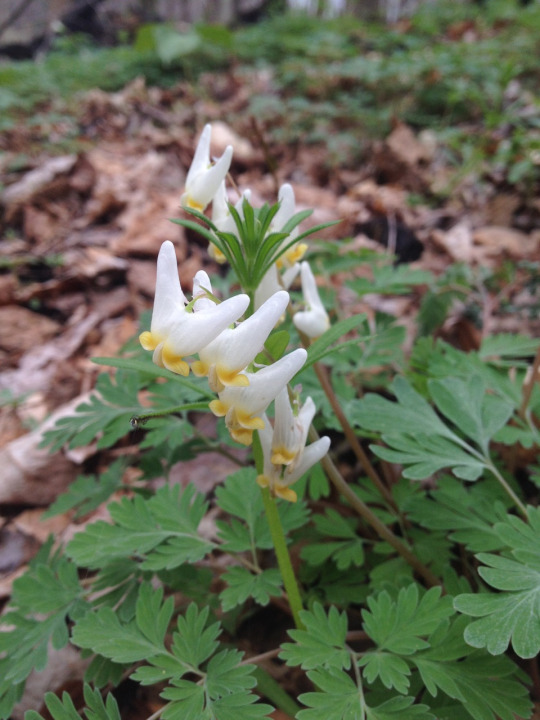
Collected on May 6, 1950, this specimen was found in by Werner E. Buker. Buker was a math teacher at Perry High School in Pittsburgh and a long-time affiliate with the museum and the Botanical Society of Western Pennsylvania. This spring ephemeral has a great name—Dutchman’s breeches (Dicentra cucullaria). The white flowers look like little pants hung out on a line to dry. Bumblebees get nectar from this plant with the help of a long proboscis (tongue-like appendage). Native Americans are said to have used the dry bulbs of this species as a blood purifier, spring tonic, and to treat syphilis. However, it contains alkaloids that are poisonous if eaten in large quantities and can cause skin irritation. It has been found to induce trembling, vomiting, and convulsions in cows that wandered into the forest in early spring looking for food.

Botanists at Carnegie Museum of Natural History share pieces of the herbarium’s historical hidden collection on the dates they were discovered or collected. Check back for more!
